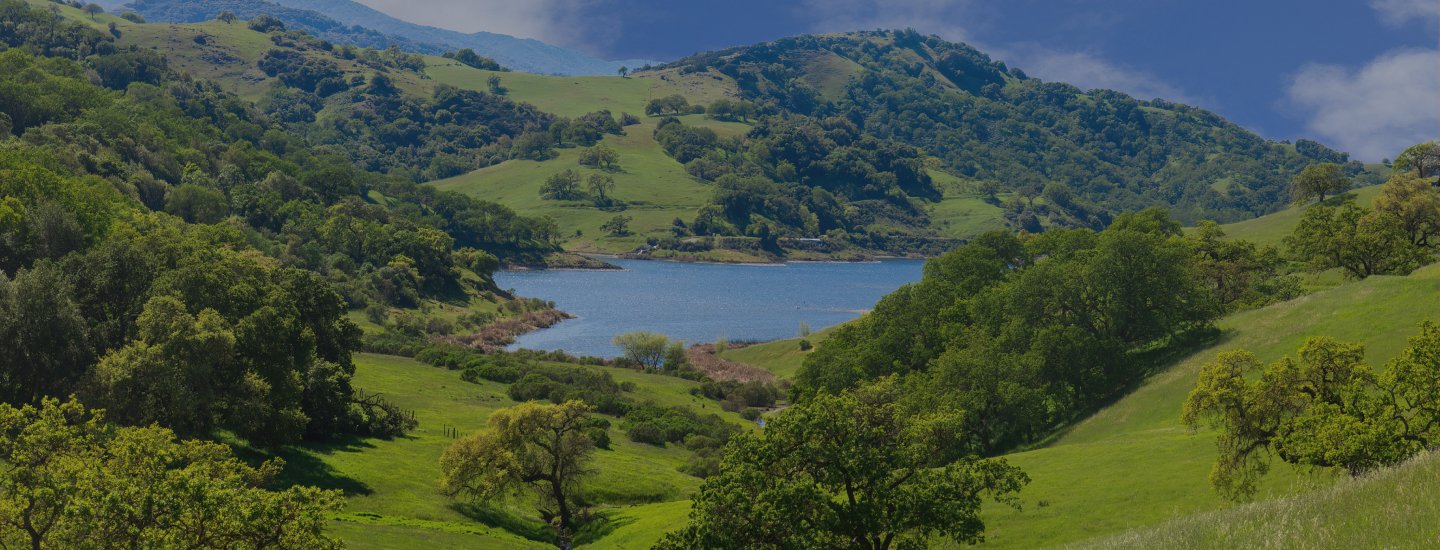
We’re bringing california’s most overlooked native Food back to the mainstream
(and Adapting other native crops)
The Future Of Food is in its roots
-

Acorn: a Native Superfood
Acorn has been eaten for centuries from Ireland to China and across North America. It’s healthier than grains, requires no irrigation, and is climate-adapted to survive drought, fires, floods and more. The time to revive acorn cultivation is now.
-

Re-wilding farms
We are working with farmers across California to replant Oaks in their native ranges and harvest acorns as a crop. Replacing non-native crops like Almond can save trillions of gallons of water a year across the west and save family farms impacted by climate change.
-

And so much more
The world is facing a crisis of lost biodiversity across agriculture and wilderness alike. Learn more about the outsized impact that can be delivered by transitioning to native and native-derived foods.
WHY native foods?
We can fix agriculture by changing what we grow - and how we grow it.
For 150 years, our agriculture has altered the land to fit crops. And it isn’t working.
Crop failures, water shortages, and habitat destruction are all natural outcomes of our current agronomic system.
A farm should look like the wild space that surrounds it.
By adapting plants that grow naturally to the habitat we have, we can create a symbiotic relationship with the land that creates food security, saves trillions of gallons of water, and protects habitat and biodiversity for generations.


